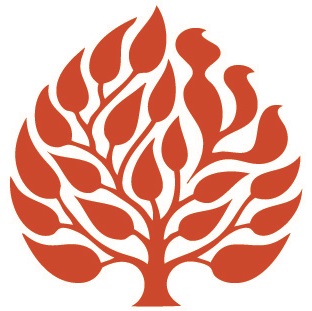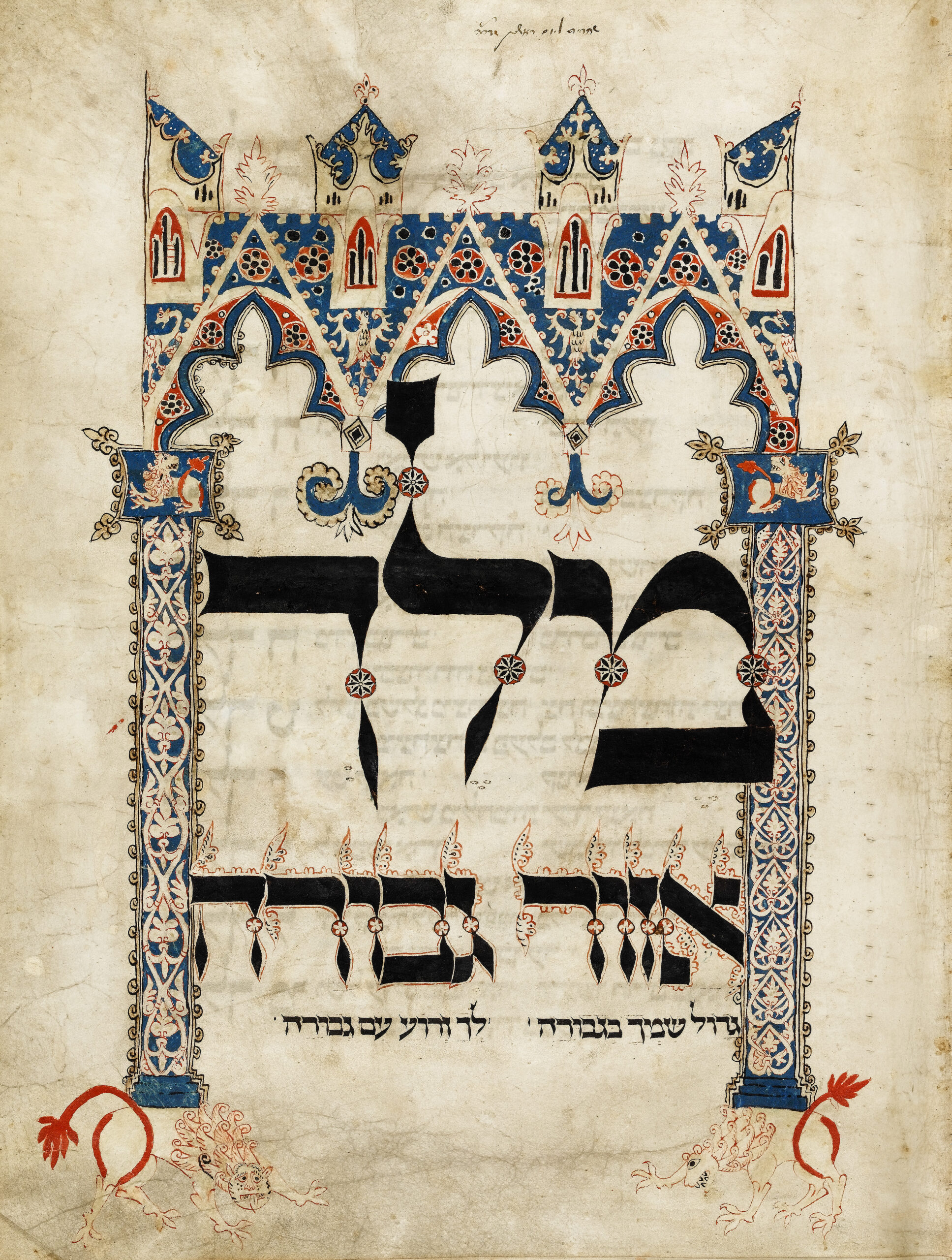Distance Learning from the Back of Shul


When we think of “the book” (as in “the people of the book”), we picture a bound volume with pages sitting open before a reader on a table or a lap. It we are speaking of the Torah, that book is typically a humash, which will often be found in the seat back of the seat in front of you in the synagogue. The same is true of a prayer book.
But in the age before printing, the people of the book rarely had more than a couple of books, and perhaps not even that. In the manuscript age, each copy had to be written painstakingly by hand, so books were few and expensive. Only the wealthy could afford a book collection. For most people, “the book” was something they heard recited by another, not something they read. Needless to say, this would have meant a radically different relationship to the book than the one to which we are accustomed.
The image here is a page from a High Holiday mahzor completed in Esslingen, Germany, in 1290. Notice the huge word—melekh (“king”)—in the middle of the page, surrounded by the image of a castle. This is a massive volume, and the word could have been seen from anywhere in the synagogue. For congregants who had no prayer books themselves, this would have been a crucial piece of instruction. All they would have needed to know is one Hebrew word, and they would immediately have understood one of the central themes of the High Holidays—that God is King of the Universe. How brilliant a way to teach a lesson, and how beautiful!



